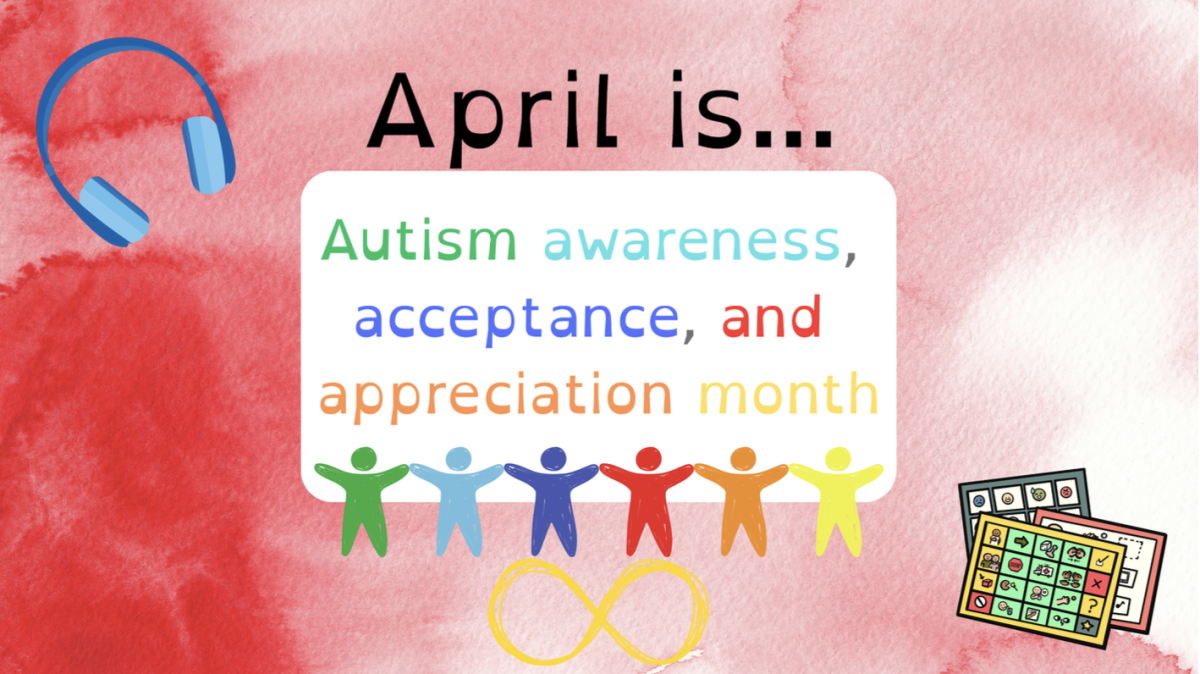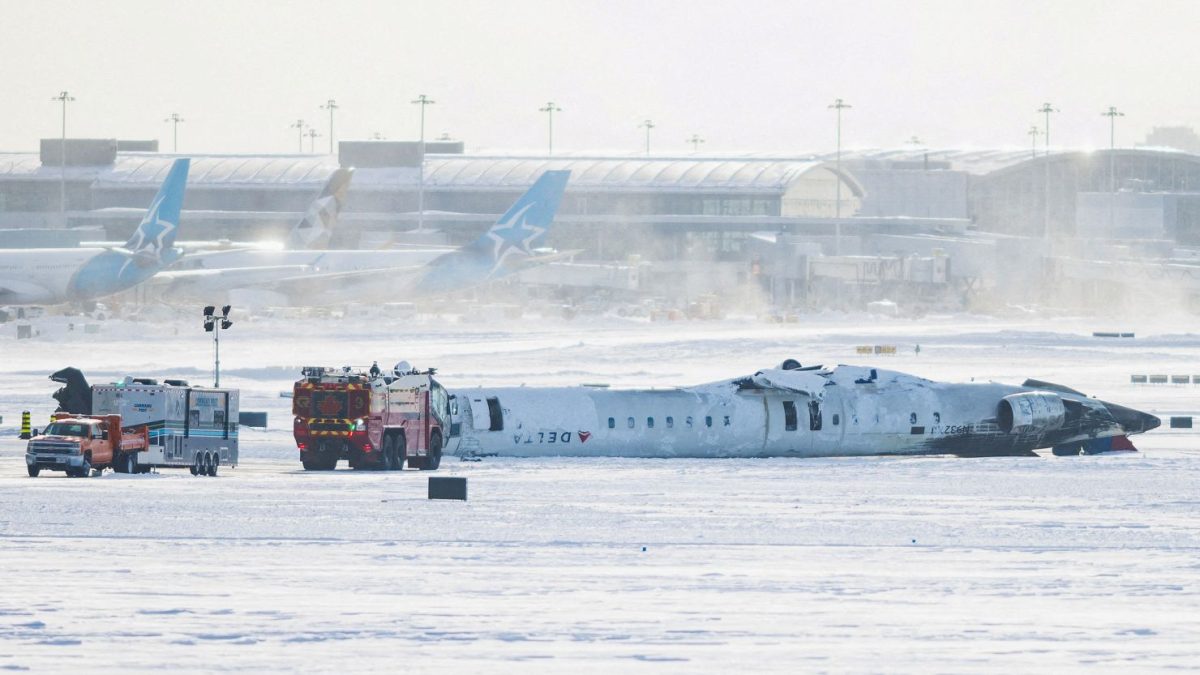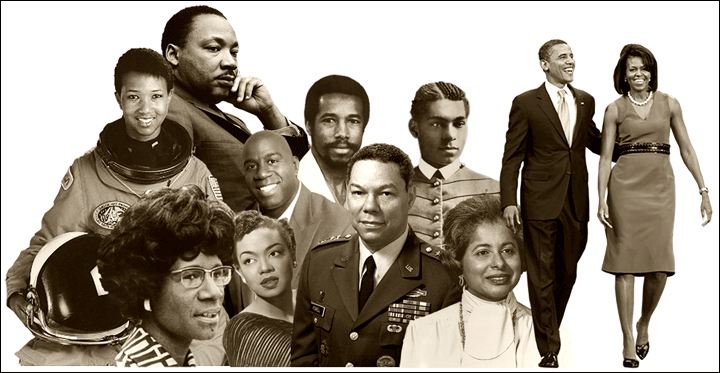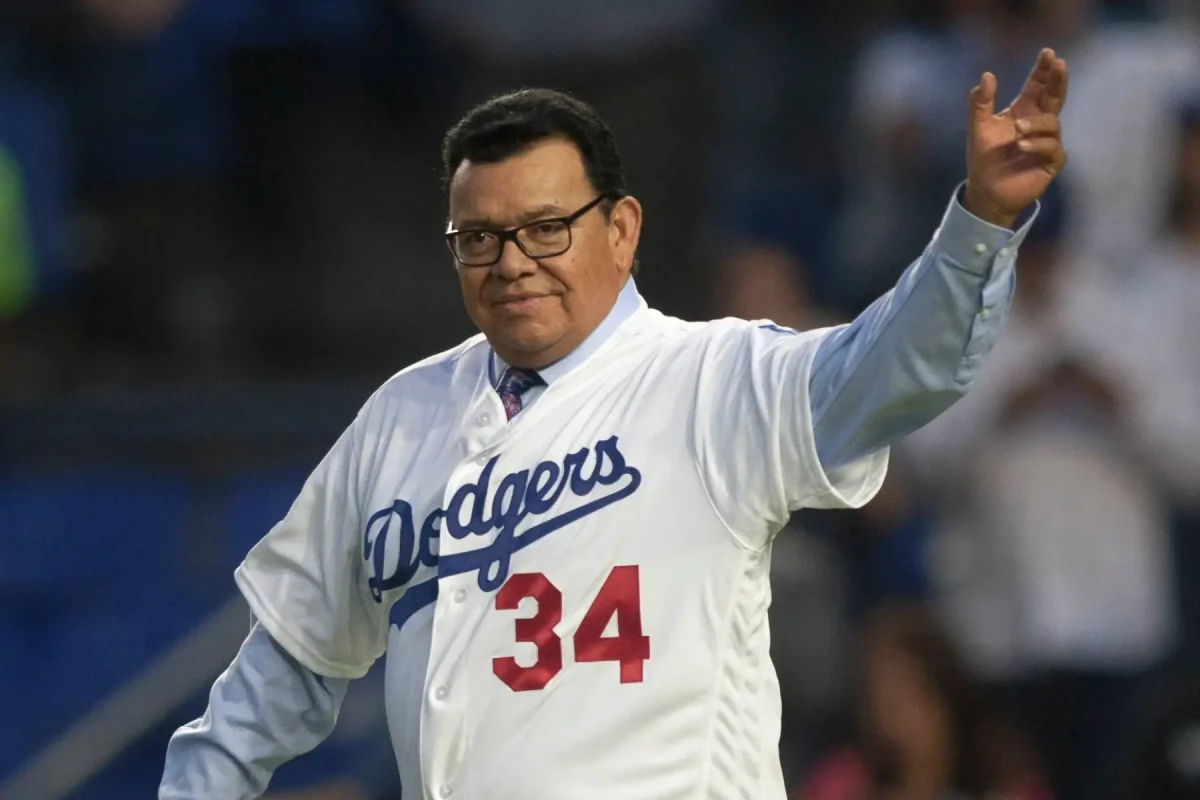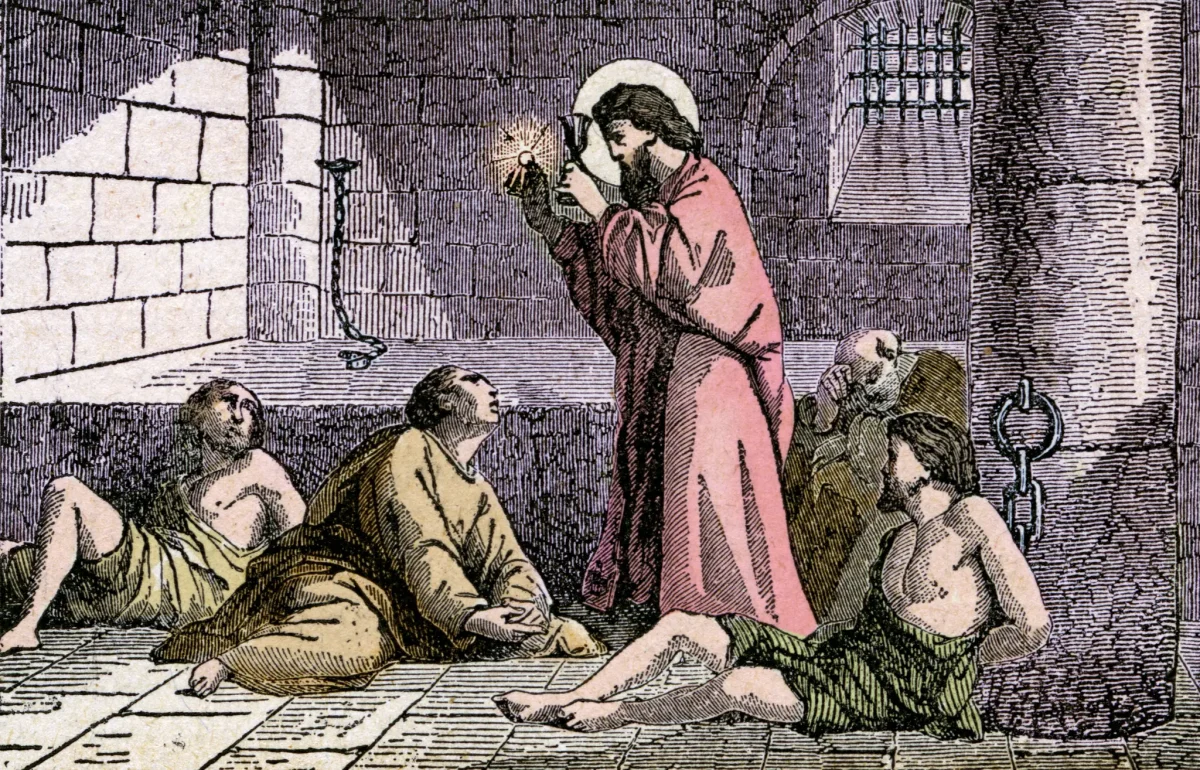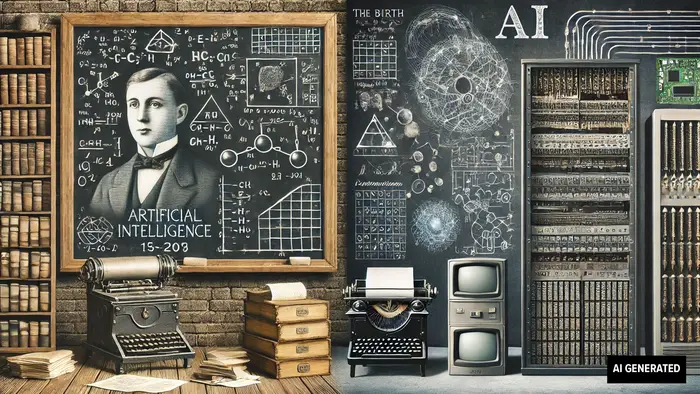It’s been 128 years now since we’ve known about climate change. At first, some people just thought it was a myth until the climate actually started changing. In 1994 The UNFCCC (United Nations Framework Convention on Climate Change) entered into an agreement with 198 countries to ratify the Convention. The purpose of the UNFCCC is to prevent “dangerous” human interference with the climate system. Now, it has been 30 years later, and we’ve just had our 28th convention from November 30th through December 12th, 2023.
Through the three decades of its existence, the UNFCCC has done a few things to contribute to the reduction of climate change. Starting with The Kyoto Protocol, which was adopted in 1997, but didn’t go into effect until 2005. This protocol commits industrialized countries and economies to limit and reduce greenhouse gas emissions in accordance with the individual target. There are currently 192 parties to the Kyoto Protocol. Then there’s The Paris Agreement, a legally binding international treaty that was adopted by 196 parties in the UN Climate Change Conference (COP21) of 2015 in Paris, France. The goal of this agreement is to hold the increase in the global average temperature to well below 2°C above pre-industrial levels and to limit the temperature increase to 1.5°C above pre-industrial levels.
In this year’s conference, COP 28, there has been a lot of different conversation on what to do about climate change. They first spoke on new funds to address the increase in the severe loss and damages of countries who are vulnerable to climate change. What really caught the eye of critics was the first ever decision by all nations to fully transition away from fossil fuels. Country negotiators call this the beginning of the end of the fossil fuel era.
To speed up action in this critical decade the agreement includes tripling the world’s renewable energy capacity and its energy efficiency by 2030. The decision also requests countries to accelerate emissions reductions from road transport through a variety of pathways, but also shifts to public transport and safe cycling infrastructure. Now, renewable resources may be the cheapest energy option, but they require more investment at the beginning of the project than other technologies. They’re also affected by interest rates and misaligned policies that often put wind and solar out of reach for developing countries.
This COP meeting not only introduces the idea of movement from fossil fuels, but also wants to enhance adaptive capacity, strengthen resilience and reduce vulnerability to climate change. It also calls for action on methane pollution, which is another greenhouse gas but 20 times more powerful than carbon dioxide, and plans to fund and aid countries in restoring their forests. This meeting has really produced a lot of great ideas. Hopefully a lot of these plans will be executed, and we’ll actually see some change in our climate.
Even though this is a very huge challenge for mankind, we can still do small things to contribute to the reduction of climate change and the improvement of the existence of all species. These things that we can do may only affect the smallest amount of climate change, but it’s better than sitting back, not doing anything and letting the world die. So, please treat our beautiful and only habitable planet with all the love you have and DON’T LITTER.











